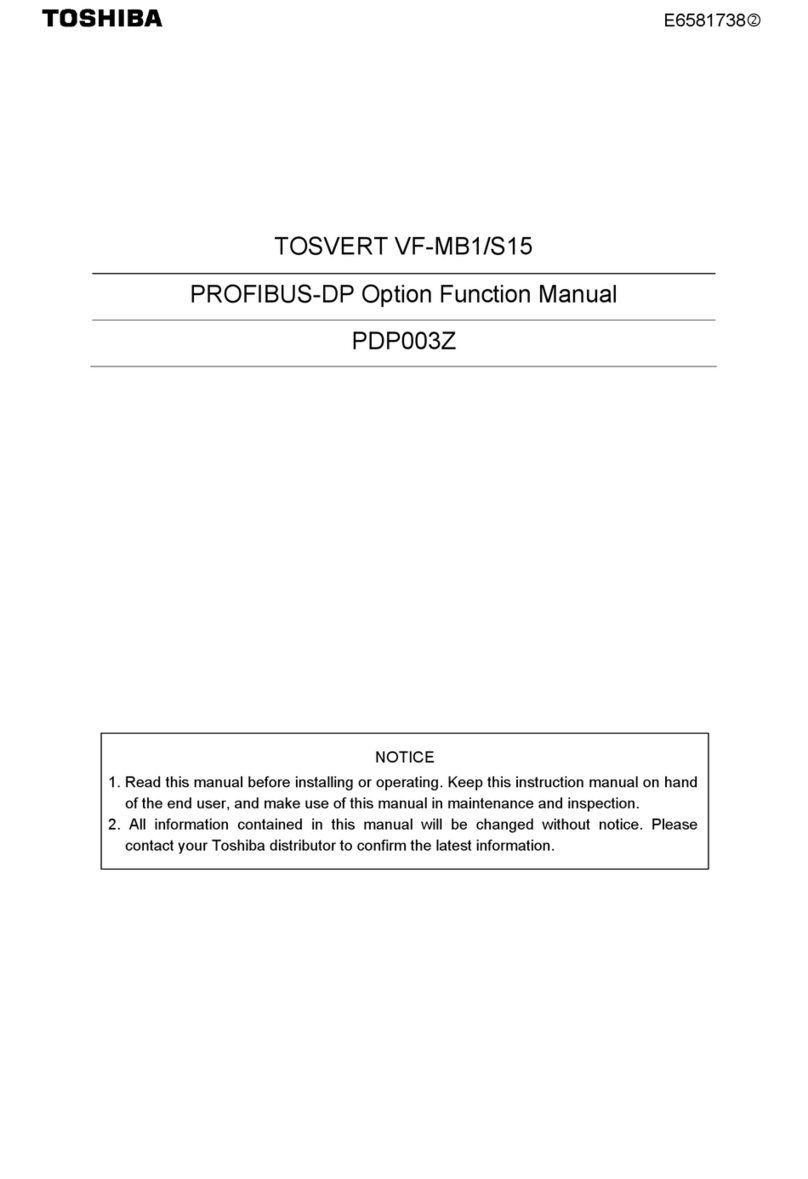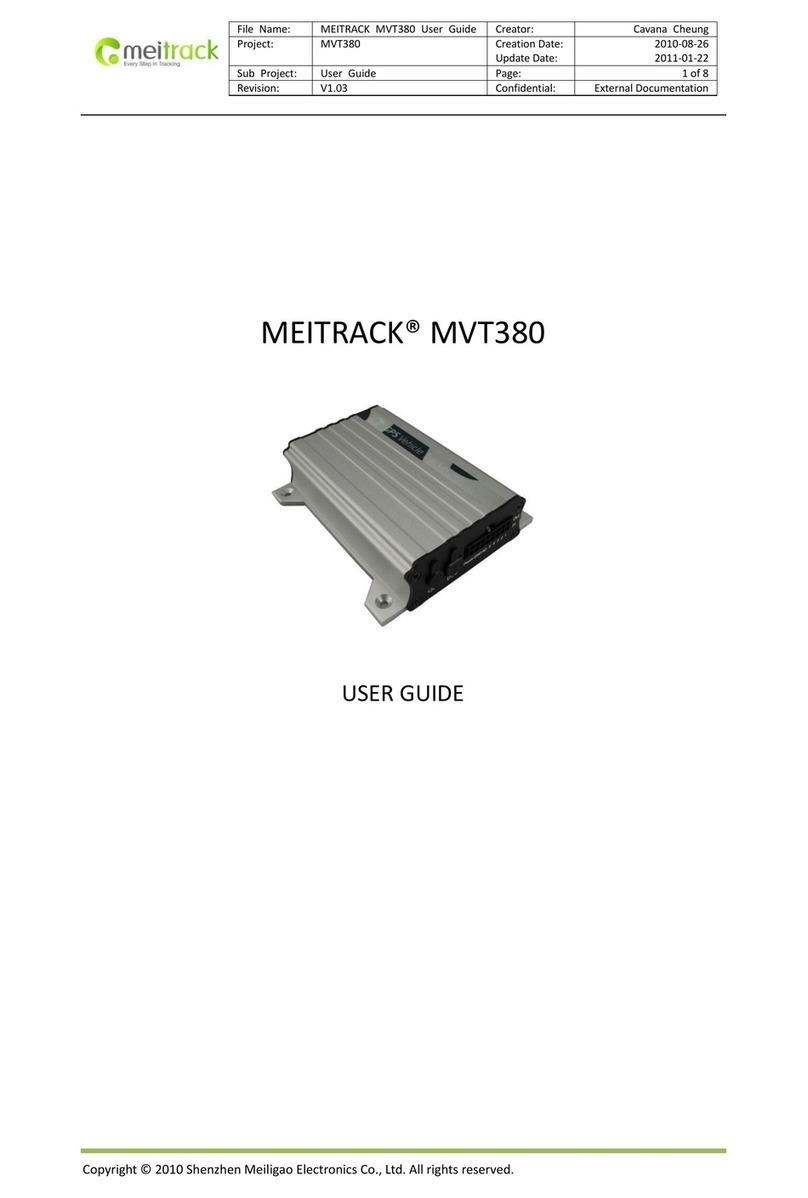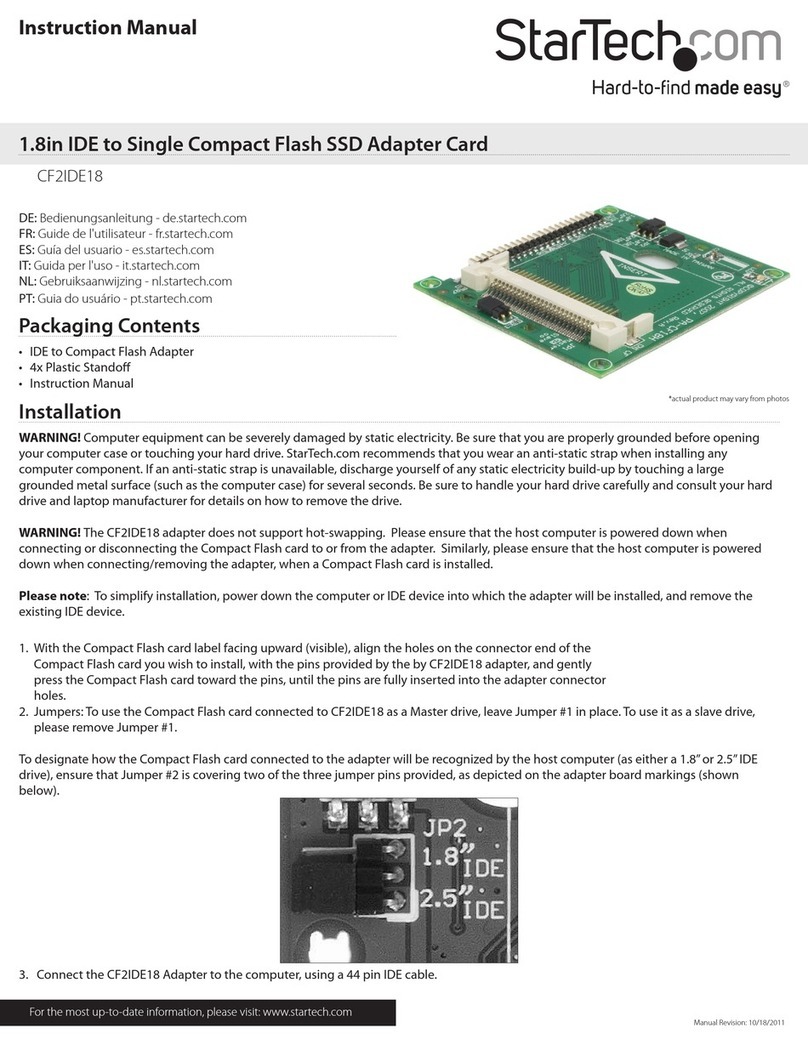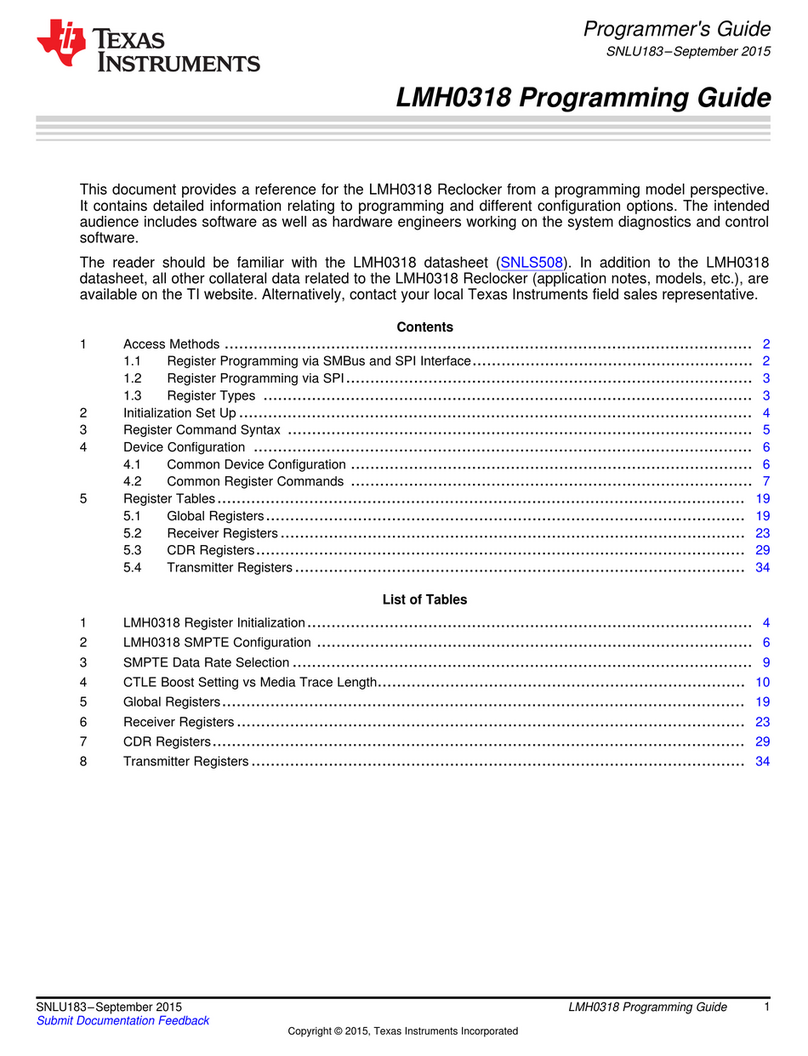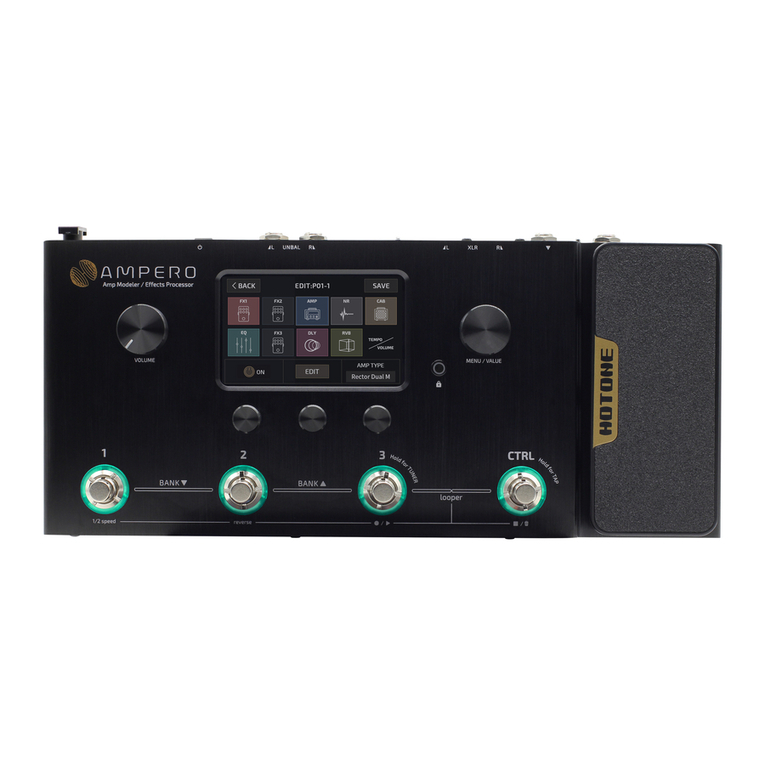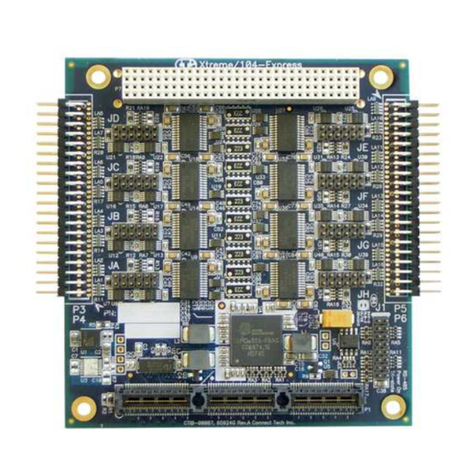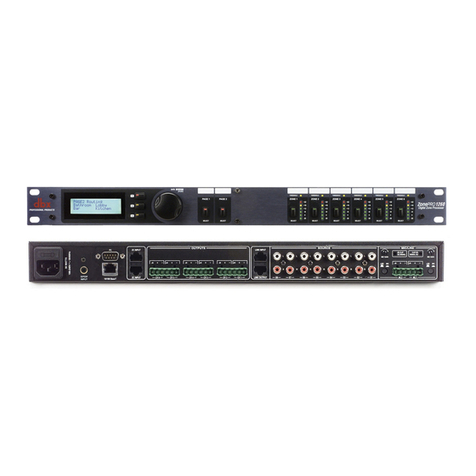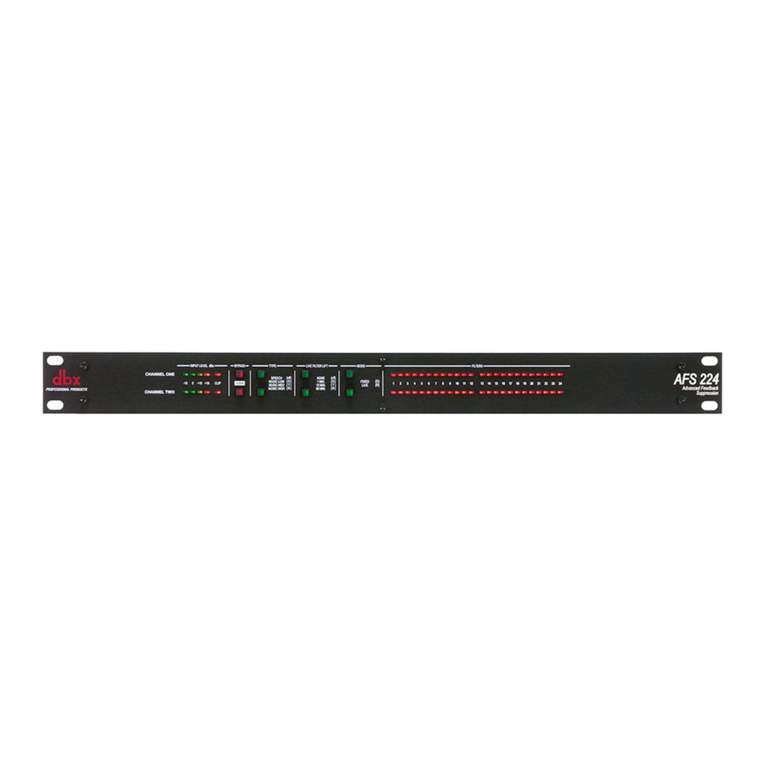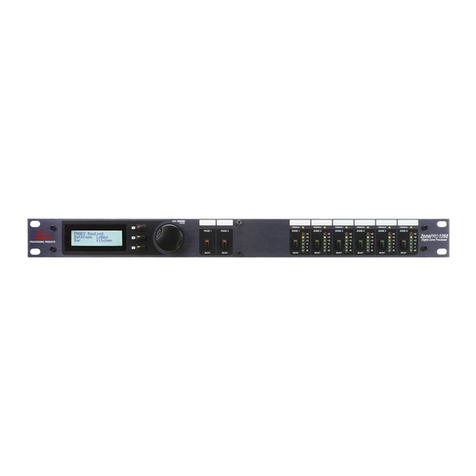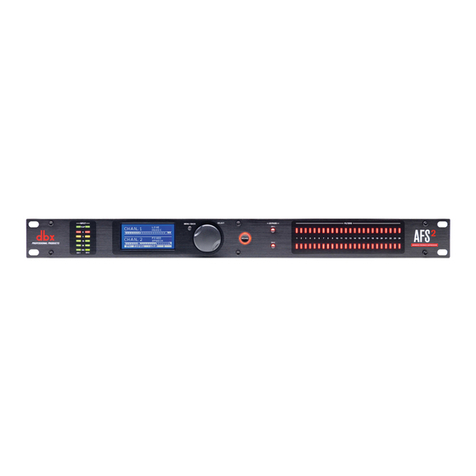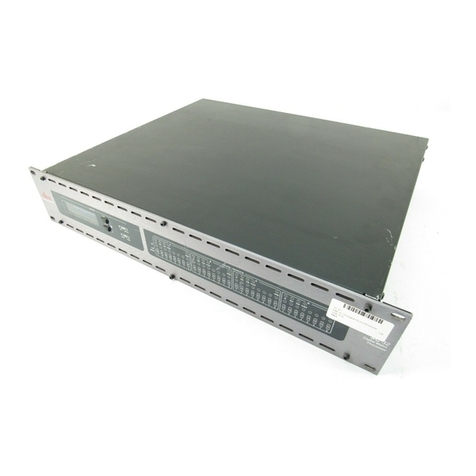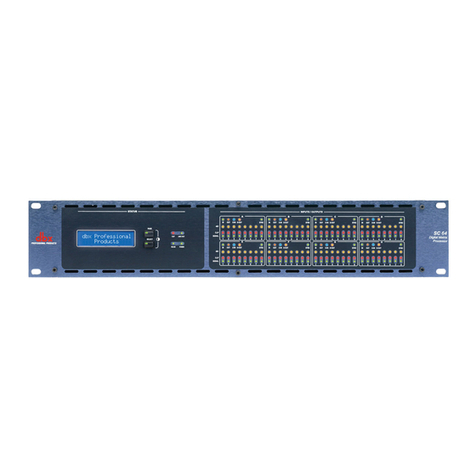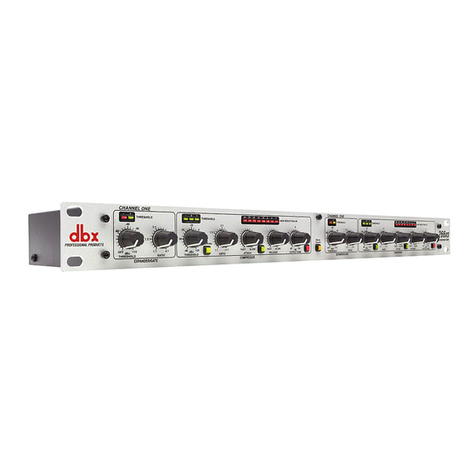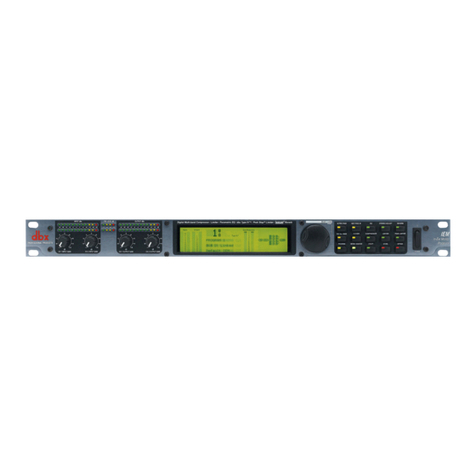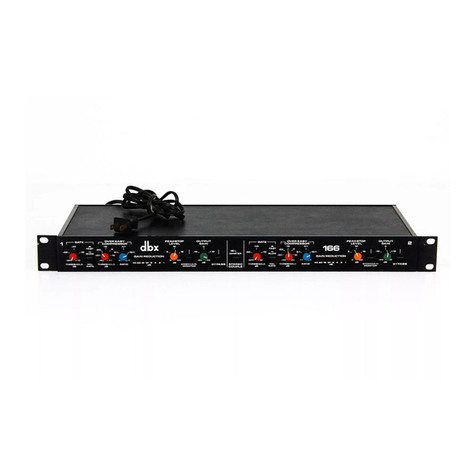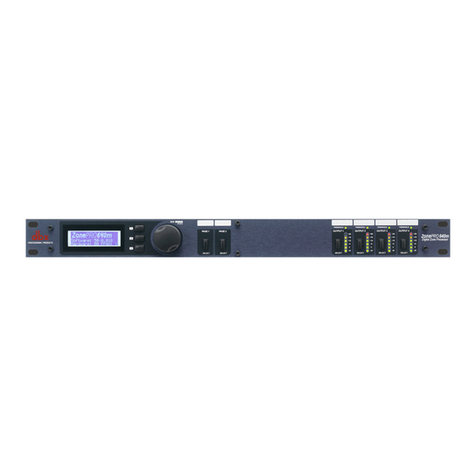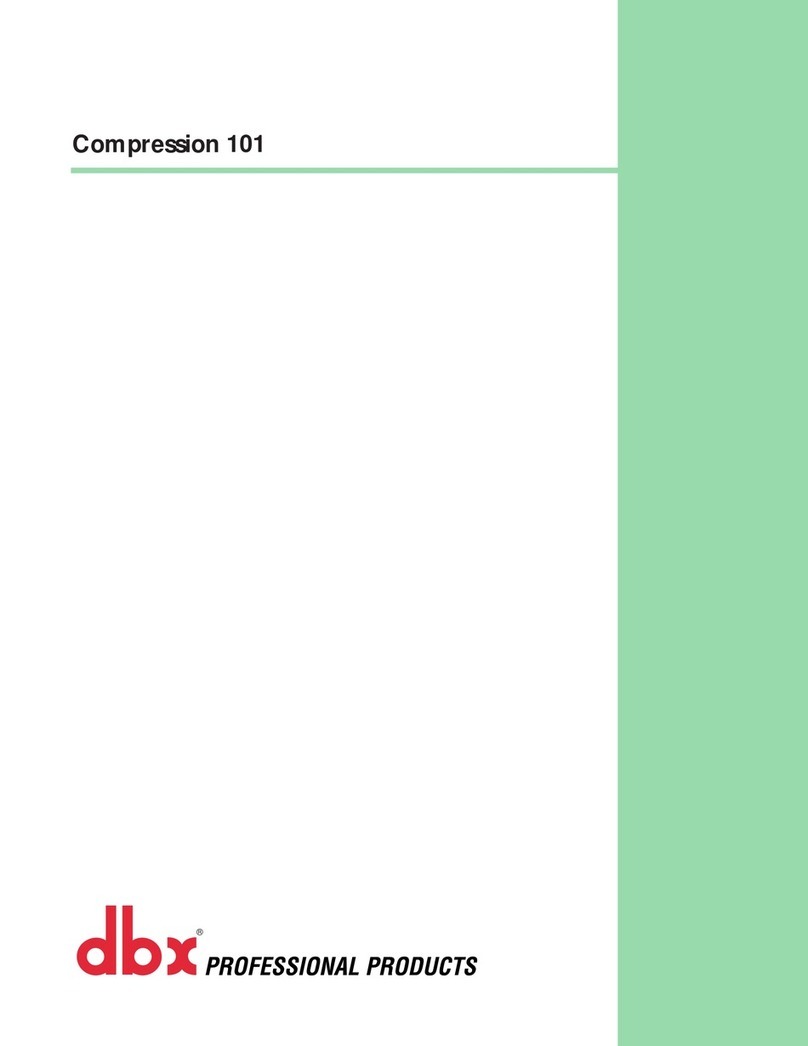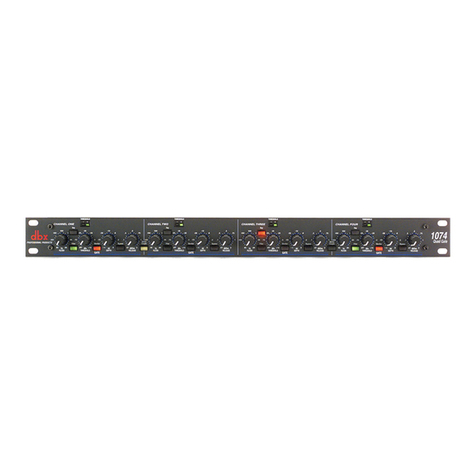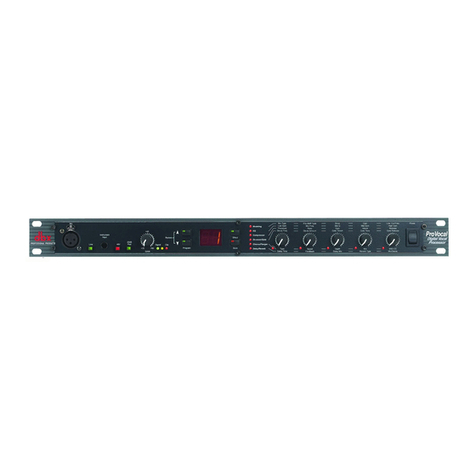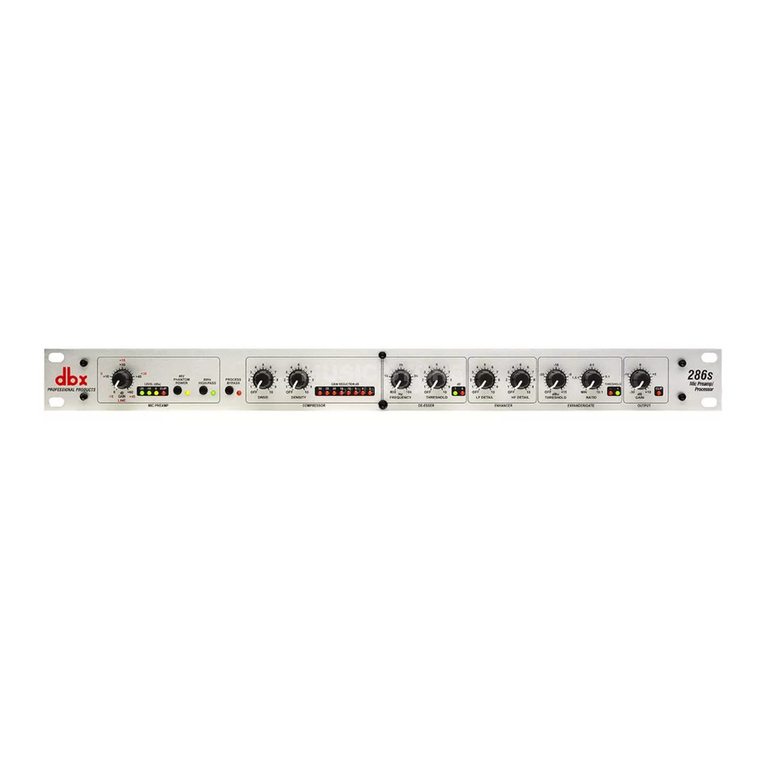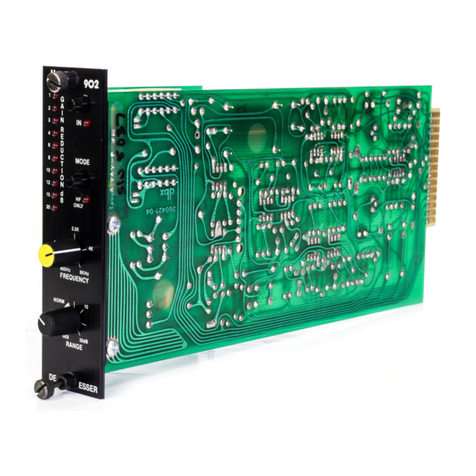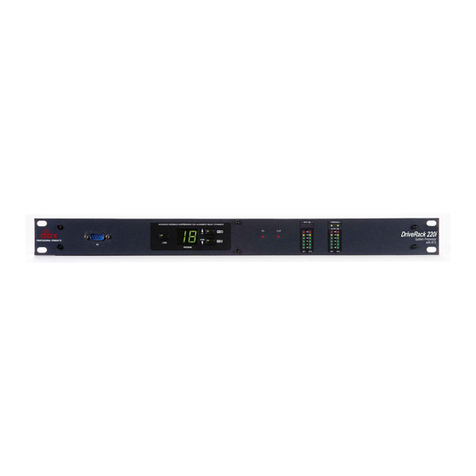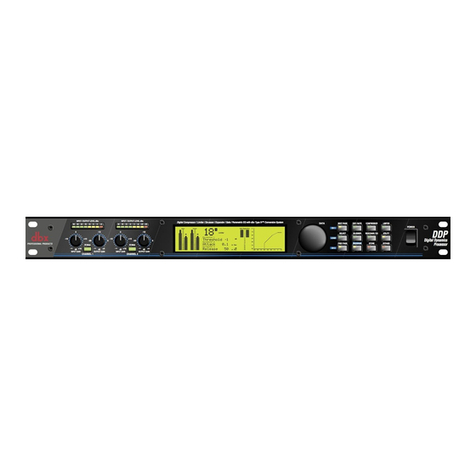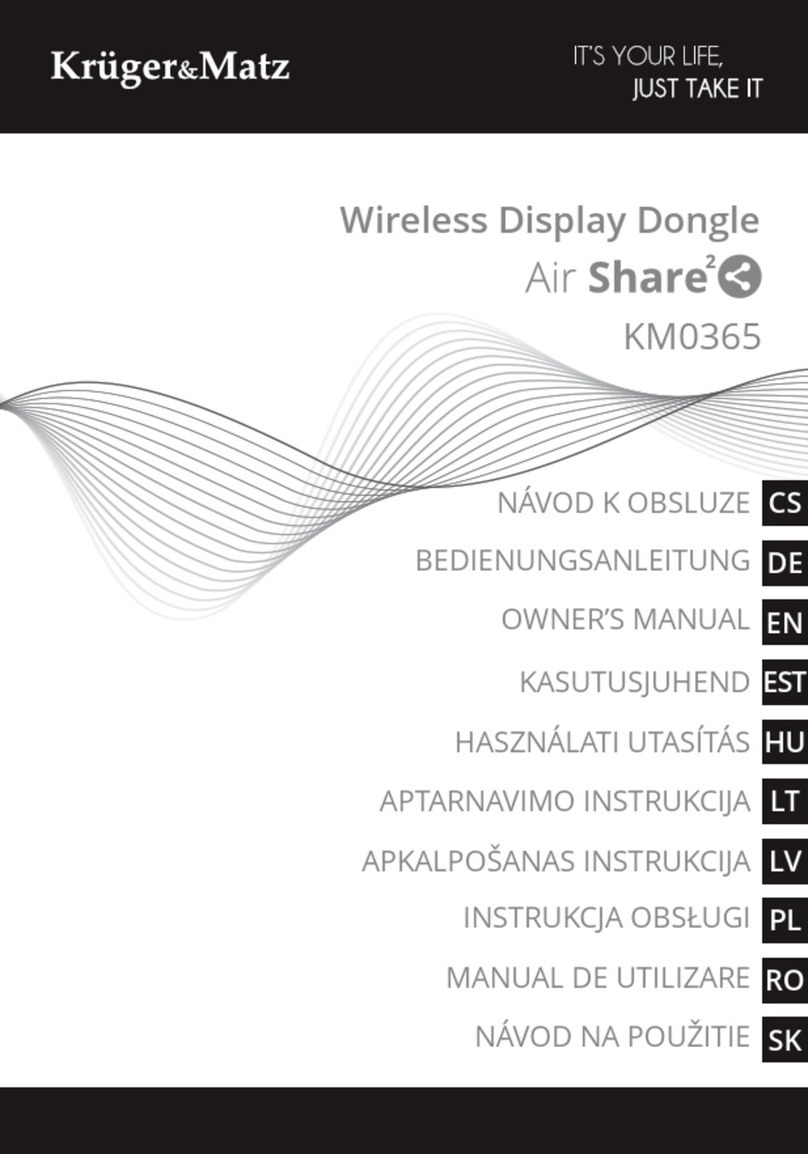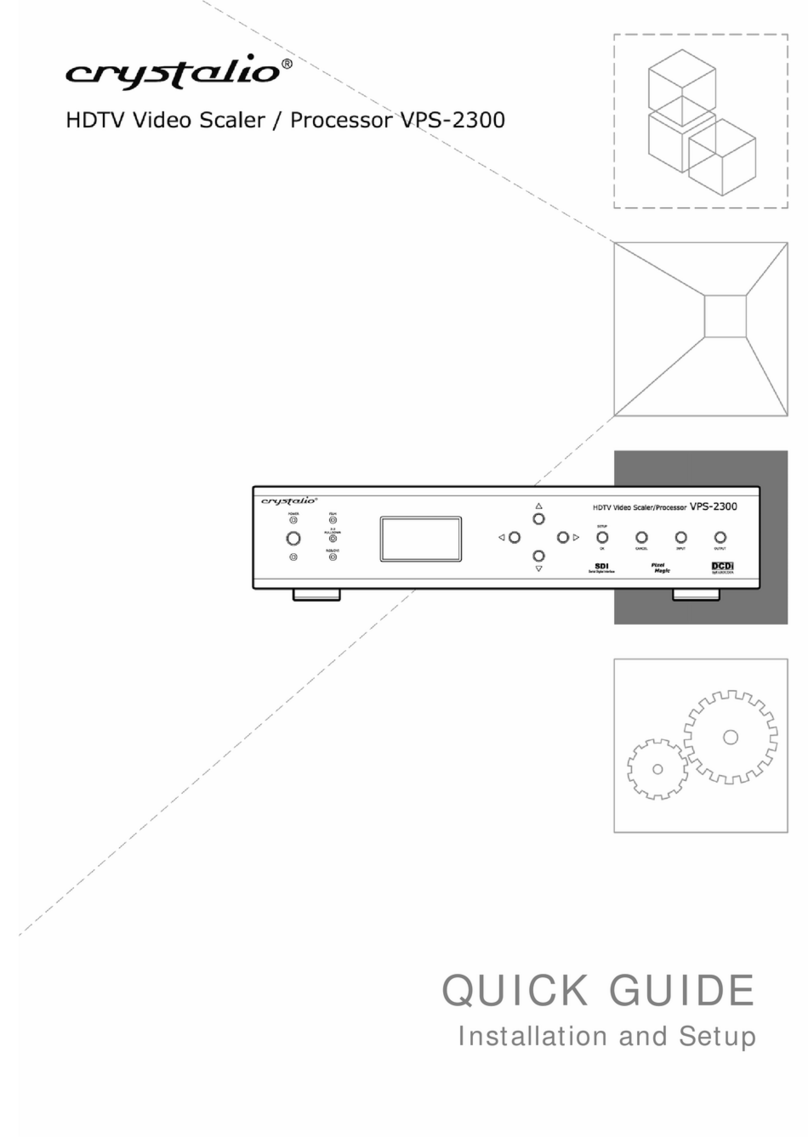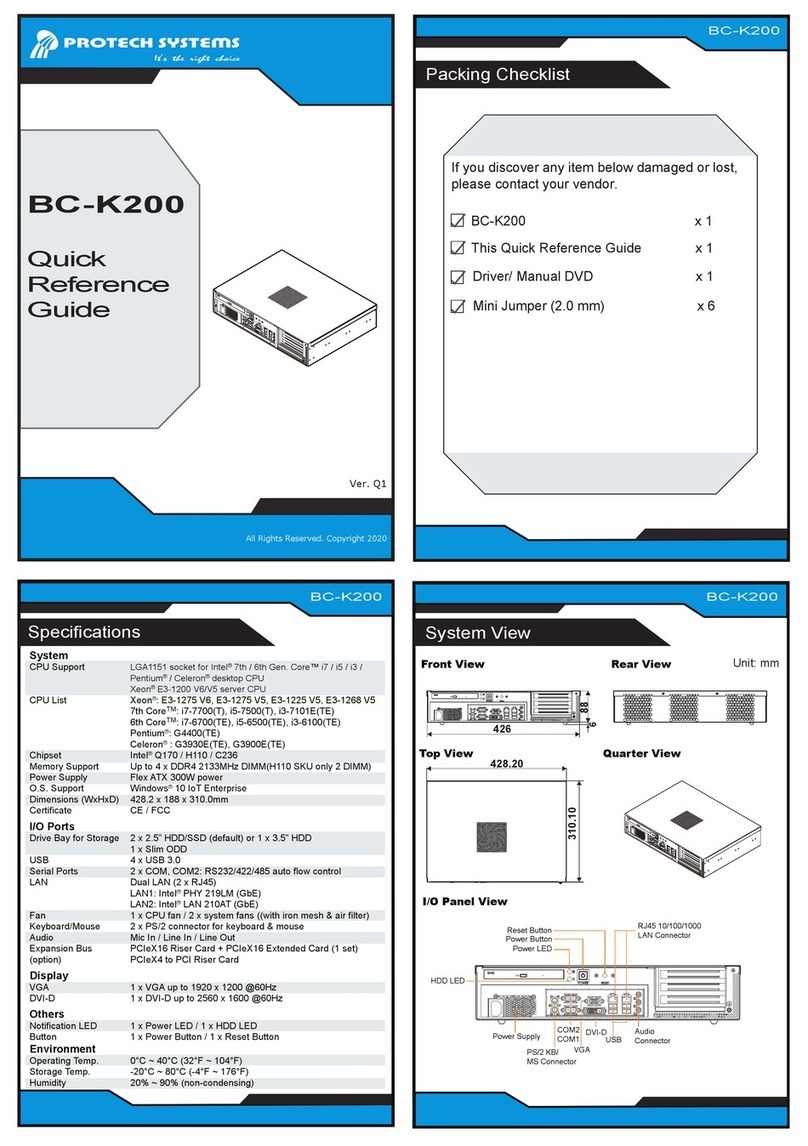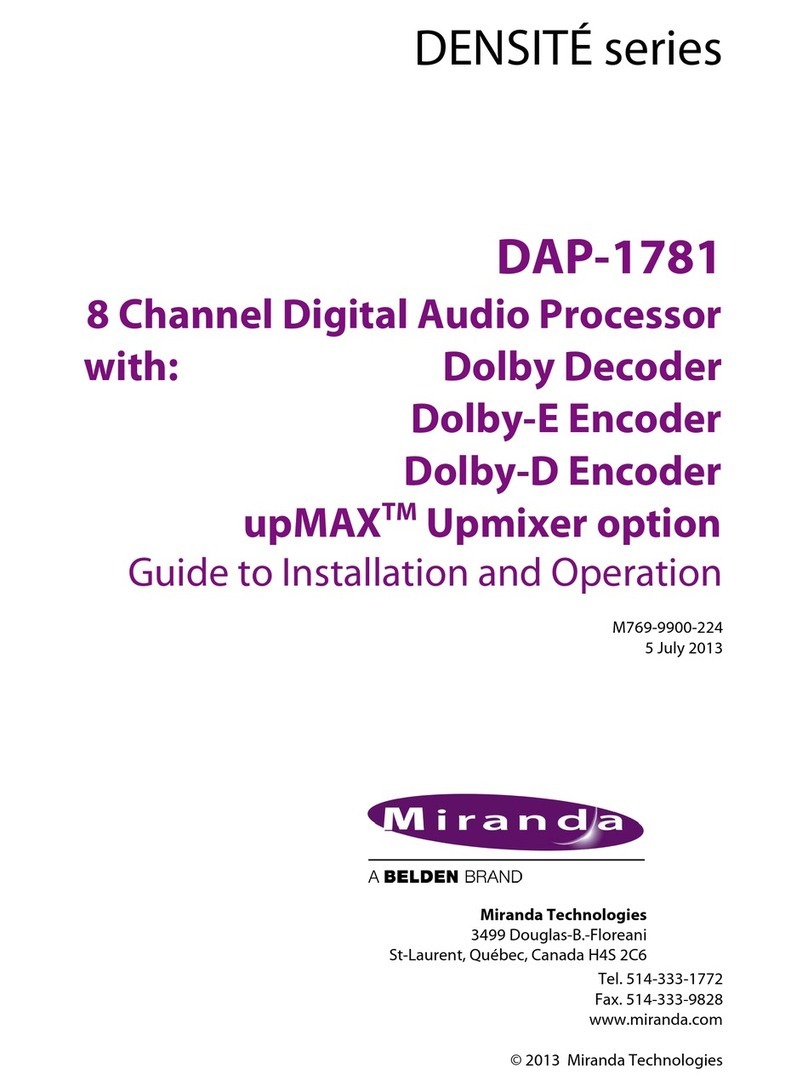
GLOSSARY
Asperity Noise
This is aswishing type of background noise that occurs with tape
recordings in the presence of strong low frequency signals, especially
when there are no high frequency signals to mask the hiss. Asperity
noise is caused by minute imperfections in the surface of the tape,
including variations in the magnetic particle size in the tape’s oxide
coating. The imperfections increase or decrease the strength of the
magnetic field passing the play head in arandom manner, resulting
in audible noise. Asperity noise may be present even when no
program is recorded. When aprogram is recorded, asperity noise
becomes superimposed on the signal, creating modulated asperity
noise, or "modulation noise." Using high-quality tape with a
calendered surface helps reduce asperity and modulation noise
(calendered tape is pressed smooth by high-pressure rollers).
Attack Time
Attack time may mean different things, depending on the
context. In music, the time it takes for anote to reach its full
volume is the attack time of the note. Percussive instruments have
short attack times (reach maximum volume quickly) and wind
instruments have long attack times (reach maximum volume more
gradually).
When acompressor (or expander) changes the level of an incom-
ing signal, the circuitry actually requires afinite amount of time to
complete that change. This time is known as the attack time. More
precisely, the attack time is the interval (usually measured in milli-
seconds or microseconds) during which the compressing or expand-
ing amplifier changes its gain from the initial value to 63% of the
final value.
Aux Input (Aux Level)
Aux inputs, an abbreviation for auxiliary inputs, are low
sensitivity jacks provided on most hi-fi and semi-professional
equipment. Aux inputs (also known as "aux level" or "line level"
inputs) have "flat" frequency response and are intended to be used
with preamplified signals. Aux-level (line-level) signals are medium-
level, higher than microphone levels, but not enough power to
drive a speaker. The advantage to these levels is that they are less
susceptible to hum and noise than are microphone levels. Typical
items which might be connected to aux inputs are tape machine
"play" outputs, tuner outputs, and dbx "play" outputs. Mic-level
or phono-level signals are considerably lower in level than aux inputs
(approx. -60 to -40dBV), so they will not produce adequate volume
when connected to an aux input. Moreover, phono cartridge outputs
require RIAA equalization which is not provided by aux inputs.
Bandwidth
Bandwidth refers to the "space" between two specific
frequencies which are upper and lower limits; alternately, band-
width refers to the absolute value of the range of frequencies
between those limits. Thus, afilter which passes frequencies from
1,000Hz to 10,000Hz may be said to have abandwidth of 1kHz-
10kHz, or it may be said to have a9kHz bandwidth (10kHz minus
1kHz equals 9kHz).
Bandwidth is not necessarily the same as frequency response.
Bandwidth may be measured at low levels, and frequency response
at higher levels. Moreover, bandwidth may refer only to certain
portions of the circuitry within apiece of equipment, whereas
frequency response may refer to the overall performance of the
equipment. Thus, while the overall input-to-output frequency
response of dbx type II equipment is 20Hz to 20kHz, the band-
width of the RMS detection circuitry within that equipment is
30Hz to 10kHz.
Bass
The low audio frequency range below approximately 500Hz.
For the purpose of discussion or analysis, the bass range may be
further divided into upper bass (250 to 500Hz), mid bass
(100-200Hz), low bass (50-100Hz), and ultra-low bass (20-50Hz).
Bass Boost
An accentuation of the lower audio frequencies (bass frequen-
cies). whereby they are made louder than other frequencies.
Biamplif ied
Descriptive of a sound system which utilizes alow level cross-
over network to divide the full-spectrum audio signal into low and
high frequency ranges. These ranges are then fed to separate
power amplifiers, which in turn feed low frequency speakers
(woofers) and high frequency speakers (tweeters).
Bias
Bias, as the term is used in tape recording, is avery high fre-
quency signal (usually over 100kHz) that is mixed with the
program being recorded in order to achieve linear magnetization of
the tape. If only the audio program were applied to the recording
head, avery distorted recording would result because lower-energy
portions of the program would not be able to overcome the initial
magnetization threshold of the tape (known as hysteresis).
The frequency of the bias signal is not critical, so long as the
record and erase bias are synchronized. However, the bias
energy level has adirect effect on the recorded level, background
noise, and the distortion. It is sometimes necessary to reset the bias
level for optimum performance with different types of recording
tape, and professional tape machines are equipped with continu-
ously variable bias controls; many consumer tape machines are now
equipped with bias selector switches.
Clipping
Clipping is avery distorted sound. It occurs when the output
capabilities of an amplifier are exceeded, and the amp can no longer
produce any more voltage, regardless of how much additional gain
or how much more input signal is present. Clipping is relatively easy
to see on an oscilliscope, and it is sometimes audible as an increase in
harmonic distortion. In severe cases of clipping (hard clipping),sine-
waves begin to resemble square waves, and the sound quality is very
poor. Often, the maximum output level of an amplifier is defined
as that level where clipping begins to occur. There is aphenomenon
known as input clipping, and this may occur where the input signal
is so high in level that it exceeds the level-handling ability of the
transformer and/or of the input amplifier. Clipping also occurs
when tape is saturated by excessive record levels.
So-called "soft clipping" is usually the result of transformer
saturation, and it may be somewhat less objectionable than the
"hard clipping" that occurs when output voltage limits are reached.
Aside from degrading the sound quality, clipping can damage loud-
speakers. Output clipping may be avoided by reducing the level of
the input signal, reducing the gain of the amplifier, or using a
larger amplifier. Input clipping may be avoided by reducing the
level of the incoming signal, and then increasing the gain of the
amplifier.
Clipping Level
This is the signal level at which clipping just begins to occur.
Clipping level is not always easy to define. It may be amatter of
visually judging the waveform on an oscilliscope as the level is
increased; alternately, clipping level may be defined as the level at
which harmonic distortion reaches agiven value. Tape clipping, or
saturation, is defined as the 3% harmonic distortion level.
Compression
Compression is aprocess whereby the dynamic range of program
material is reduced. In other words, the difference between the
lowest and highest audio levels is "squeezed" into a smaller dynamic
range. Acompressed signal has higher average level, and therefore
may have more apparent loudness than an uncompressed signal,
even though the peaks are no higher in level. Compression is
achieved with acompressor, aspecial type of amplifier that
decreases its gain as the level of the input signal increases. The
amount of compression is expressed as aratio of the input dynamic
range to the output dynamic range; thus, acompressor that takes
aprogram input with lOOdB of dynamic range and yields an output
program of 50dB dynamic range may be said to have a2:1 com-
pression ratio.
Compressor
Acompressor is an amplifier that decreases its gain as the level
of the input signal increases to reduce the dynamic range of the
program (see "compression"). Acompressor may operate over the
entire range of input levels, or it may operate only on signals above
and/or below agiven level (the threshold level).
Crossover Frequency
In loudspeaker systems and multi-amplifier audio systems, the
transition frequency (actually afrequency range) between bass and
midrange or midrange and treble speakers or amplifiers.
Crossover Network
Acircuit which divides the audio spectrum into two or more
frequency bands for distribution to different speakers (high level
crossover) or different amplifiers which then feed different
speakers (low level crossover).
High level crossovers are usually built into the speaker cabinet,
and are passive (they require no power supply). Low level cross-
overs are used in biamplified or triamplified sound systems. They
are usually self-contained, and come before the power amplifiers.
Low level crossovers may be passive or active; active low level
crossovers are known as "electronic crossovers."
Damping Factor
The ratio of loudspeaker impedance to the amplifier's output
source impedance. Damping describes the amplifier's ability to
prevent unwanted, residual speaker movement. The higher the
numerical value, the better the damping.
DB (Decibel) also, dBv dBV dB SPL dBm dB
One dB is the smallest change in loudness the average human ear
can detect. OdB SPL is the threshold of human hearing whereas the
threshold of pain is between 120 and 130dB SPL. The term dB is an
abbreviation for decibel, or 1/1 0of aBel. The decibel is aratio, not
an absolute number, and is used to express the difference between
two power, voltage or sound pressure levels. (dB is 10 times the
logarithm of apower ratio or 20 times the logarithm of avoltage
